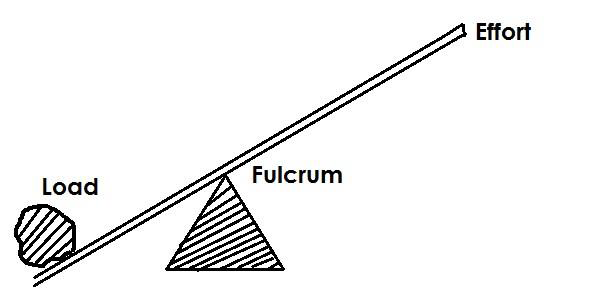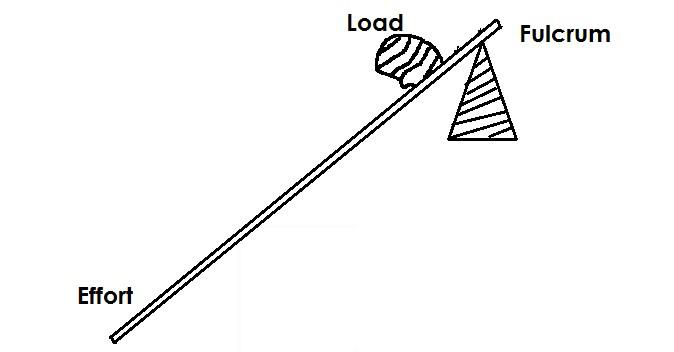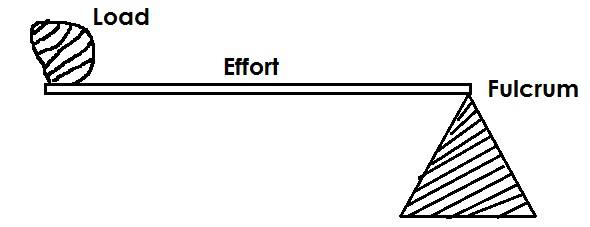Back to: PRIMARY SEVEN P7 SCIENCE TOPICAL QUESTIONS AND ANSWERS
Classes of levers
Qn. Identify the three classes of levers.
- First class levers.
- Second class levers
- Third class levers
i) First class levers.
Qn. What are first class levers? - First class levers are machines where the pivot is in between the load and the effort.
(L.P.E ) OR (E.P.L)

Note:
- In the first class, the effort arm is longer than the load arm.
Qn. State the advantage of using machines in the first class levers. - Less effort is used.
Qn. How do first class levers simplify work? - The load and effort move in different directions.
- By increasing the effort arm and reducing the load arm.
Qn. Give the examples of machines in the first class.





- Second class levers
Qn. What are second class levers?
- Second class levers are levers in which the load is in between the pivot or fulcrum and the effort.
(ELF OR FLE)

Note:
- In the second class levers, the load is closer to the fulcrum than the effort.
Qn. State the advantages of using second class levers. - Less effort is used compared to the load.
Qn. How do second class levers simplify work? - By making the load and effort move in the same direction.
Qn. Give examples of machines in the second class levers



Qn. What are third class levers?
- Third class levers are levers where the effort is in between the pivot and the load. (LEP) or (PEL)
Illustration of a third class lever.
3.
Third class levers






Qn. State the advantage of using machines in the third class levers.
The effort moves through a short distance.
Note:
- The formula PLE or FLE can be used to determine the class of levers.

Leave a comment